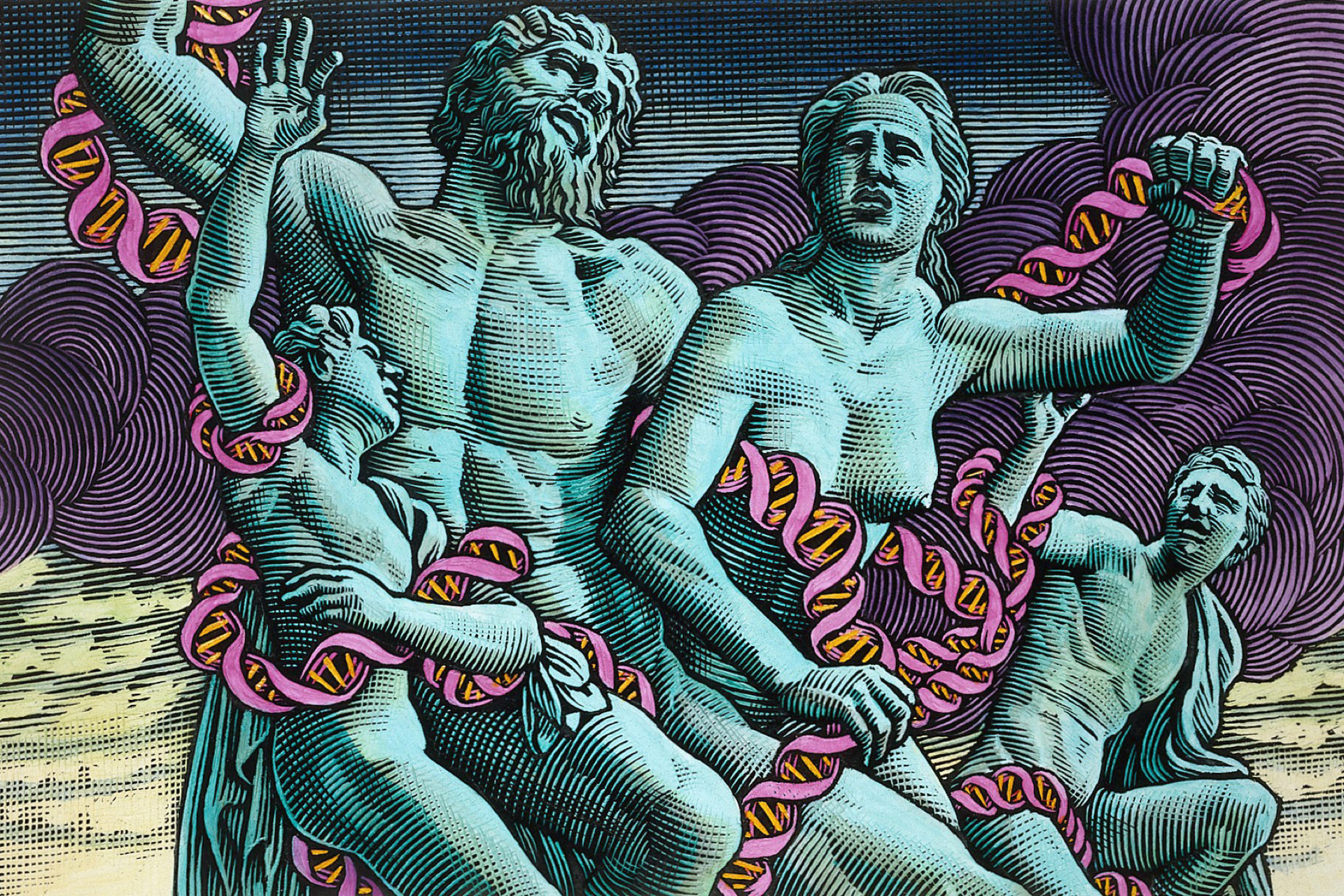New cell-based treatments for a range of illnesses came a step closer to reality recently, when a team of South Korean scientists announced they had created human embryonic stem cell (ES cell) lines genetically matched to 11 different patients. The success of Woo Suk Hwang and his colleagues confirmed his team's position as world-leaders in this field of research. Although much more work needs to be done, the breakthrough could eventually lead to new hope for people affected by spinal injuries, diabetes, Parkinson's disease and a host of other incurable conditions. However, other news from the UK and US highlighted the hurdles that need to be overcome, if patients are to benefit from this pioneering research.
Key to the Korean's success was a ready supply of fresh eggs from fertile young women - a factor that reportedly increased the efficiency of their technique more than ten-fold. In the UK, a team in Newcastle has reported growing a cloned human embryo in the laboratory for five days, in work submitted for publication. But so far, the South Koreans are the only team in the world who have managed to extract ES cells from such embryos, and grow cell lines from them. Animal cloning pioneer Ian Wilmut, who wants to study cloned ES cells in order to shed light on motor neurone disease, thinks that the only way to replicate their achievement is to allow women to donate eggs specifically for ES cell research.
However, as Times journalist Mark Henderson points out, egg donation for ES cell research raises ethical concerns that will need to be addressed (see Recommends). Newcastle team leader Alison Murdoch told BioNews that although she would be happy, in principle, to try and obtain eggs for stem cell research from fully-informed, fertile volunteers, she would prefer to try other approaches first. 'We already have ethical approval to approach women undergoing fertility treatment, and to ask those who produce 20 eggs or more to donate two to our research', she said, adding that it has been shown that this would not affect their chances of pregnancy.
Apart from an abundance of fresh eggs, there are at least two other factors that contributed to the Korean's success: a supportive political climate and a well-funded, well-staffed laboratory that reportedly carries out hundreds of 'practice' cloning procedures every week. The UK has similar supportive regulation - the House of Lords gave scientists the green light to work on human ES cells to develop new disease treatments in March 2002. However, there have been calls for more investment, if UK scientists are to remain at the forefront of stem cell research. While not everyone would agree with James Watson's criticism of the UK's approach to funding stem cell research as 'piss-poor', few would argue that more money would speed progress. Alison Murdoch told us that 'this work is extremely labour intensive, and the Korean group were successful because they had technicians working overnight', adding 'real success will depend on proper resources'.
But if UK researchers are short of eggs and cash for ES cell research, they still have a huge advantage over their federally-funded counterparts in the US. On 9 August 2001, President Bush said that no government funds would be available for work on human ES cell lines created after that date. Although it appears that the majority of US politicians and the public do not agree with Bush, following last week's vote by the House of Representatives in favour of loosening this policy, the President is sticking to his guns. He has threatened to veto the legislation if passed (as is expected) by the Senate. According to Woo Suk Hwang, Bush's policy is not ethical, since it equates the humanity of embryonic cells created through nuclear transfer to that of a person who has endured life-long pain. To paraphrase US ethicist Arthur Caplan, if you were in a fertility laboratory and it caught fire, would you try and save a child or a few hundred frozen embryos as you dashed for safety (see Recommends)?
Of course, ES cells are not the only type of stem cell that may lead to revolutionary new treatments - adult stem cell therapies have also shown promise. But, as in all areas of medical research, no-one really knows where the next breakthrough will come from. One thing is certain, however, with proper investment and support, and a concerted global effort, those breakthroughs will arrive much more quickly.






Leave a Reply
You must be logged in to post a comment.